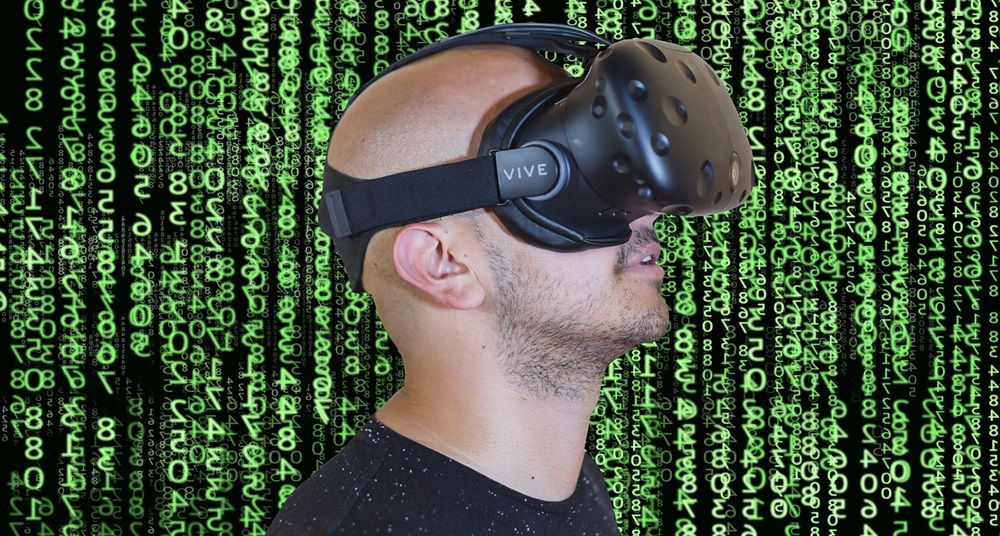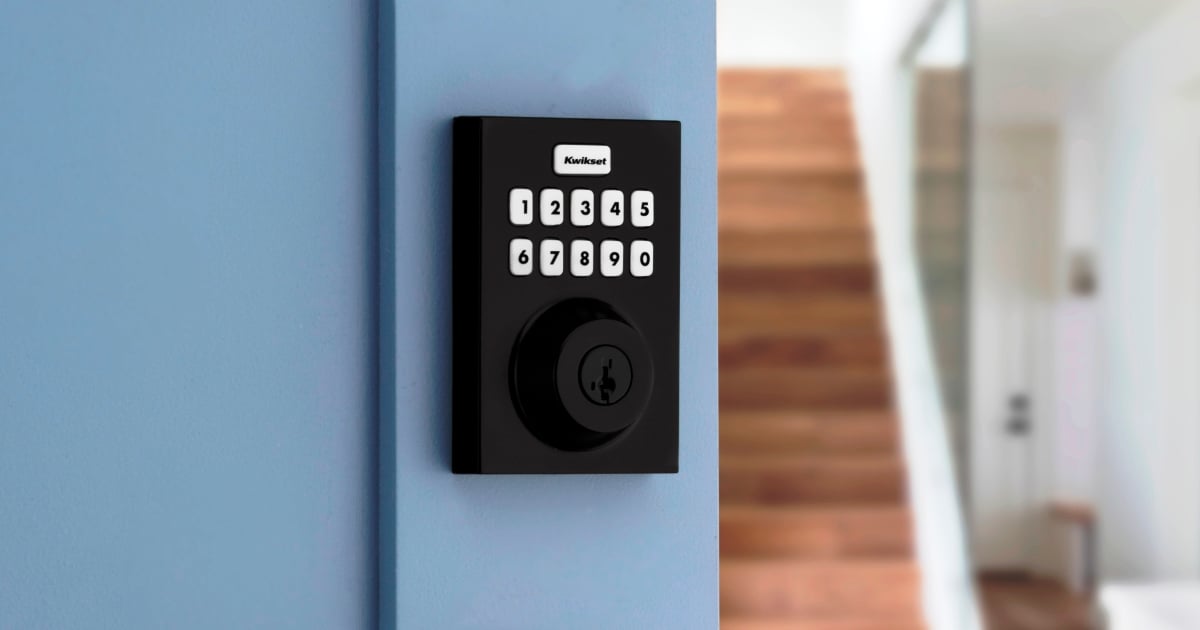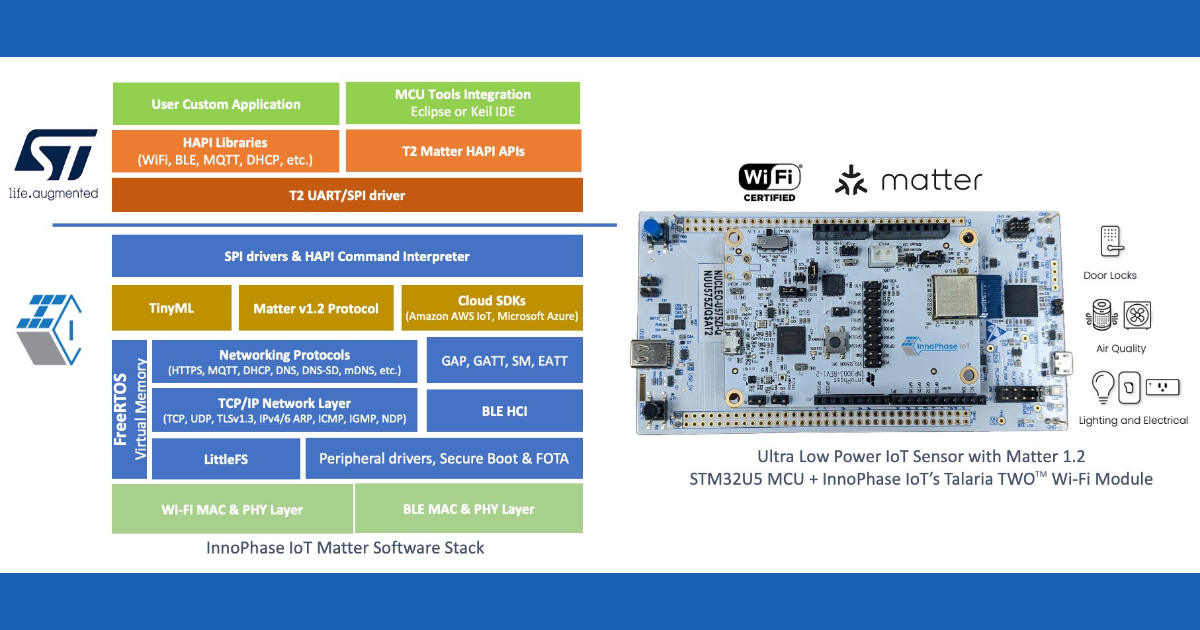
Augmented reality, virtual reality, and mixed reality have officially made their mark as part of the consumer technology food chain. In fact, virtual reality has seen some amazing success in the home entertainment arena as the PSVR, HTC Vive, and Oculus Rift continue to defy expectations and over perform at every turn.
Reality tech is already changing the entertainment industry
The PSVR, in particular, is an impressive piece of hardware because it outsold almost every other virtual reality headset on the market and gave confidence to consumers about the legitimacy of virtual reality as a viable entrainment product.
Augmented reality has had similar fortunes in the world of mobile gaming. The meteoric rise of the technology in the mobile space is primarily due to the outlandish success of Pokémon Go.
The mobile game, which focuses individuals on tracking down Pokémon in the real world, is highly regarded as both a highly entertaining application and highly motivating exercise application that encourages walking and going outside. In fact, it is a great example of the prowess of augmented reality that it can seamlessly blend our fictional worlds with our real ones.
How mixed reality differs from virtual reality
Mixed reality is the third and most ambitious of the reality technologies. Its goal is to merge both the physical world and the virtual world together in order to make a merged reality. Ambitious may not be enough to describe the aim, but, the results that we have seen so far have been incredible.
While the results have mainly been tests, there is still a lot of promise for the technology as it continues to make progress every passing month. As of now, it can handle combinations of both augmented reality and virtual reality, hence the designation mixed reality. When the technology can showcase truly mixed immersion then it will absolutely revolutionize the world.
However, all of this is based on its performance in the entertainment business which doesn’t even scratch everything else these technologies can do. For instance, businesses have started to utilize reality technologies to accomplish all sorts of goals that would typically be very costly if done in a traditional manner.
Reality tech is changing product design
This is the real effect of reality technology in business. It can eliminate unnecessary costs like training employees and take meetings with a distributed team. The technologies can also be used to implement a larger work system of telecommuting or transform an online business into a fully distributed company that does not require a physical location to operate or grow.
In fact, a general business operation is one of the technology’s highest uses. Businesses can utilize reality technology to accomplish a whole host of goals and dreams. Small engineering or technology-focused businesses can use reality technology to create working digital prototypes that can be tested and deployed in a virtual space.
This is true for businesses of all sizes. Think of Ford or Boeing being able to strip millions off of their research and development budget without sacrificing product quality or essential timetables.
Employee training is integrating with reality tech
The same is true for employee training. Most small businesses cannot afford to train every employee with another employee. Typically, small businesses must utilize all the manpower available to them in order to maximize the productivity of their recently-minted business. Instead, a small business might a reality technology to bring the training to the employee without losing other critical personnel.
A business may want to develop a simulation of a typical work environment or a working day at the business so that the employees might be comfortable with the operation before they even start.
The impact on the total budget is where the reality technologies really shine. Instead of employee loaded sectors that are bloated and ineffective a business might use one of these technologies to alleviate the burden and strengthen departments.
Since the applications of such reality altering software essentially have no boundaries, anything is possible in this sphere. Meetings can be held, and prototypes can be made and tested. Employees can be trained with virtual reality. It might even work inside of a reality headset to further push the evolution of telecommuting work.
Whatever the reason, businesses around the world are starting to find out that reality technologies are capable of much more than they seem to be. The technology not only saves money but, adds another level of functionality to a business, while simultaneously, raising the overall technology profile of a business. One thing can be said for sure: reality technology is transforming businesses in bigger ways than we could have ever imagined.
About the author: Josh Althauser is an entrepreneur with a background in design and M&A. He's also a developer, open source advocate, and designer. You may connect with him on Twitter.
Edited by
Ken Briodagh





